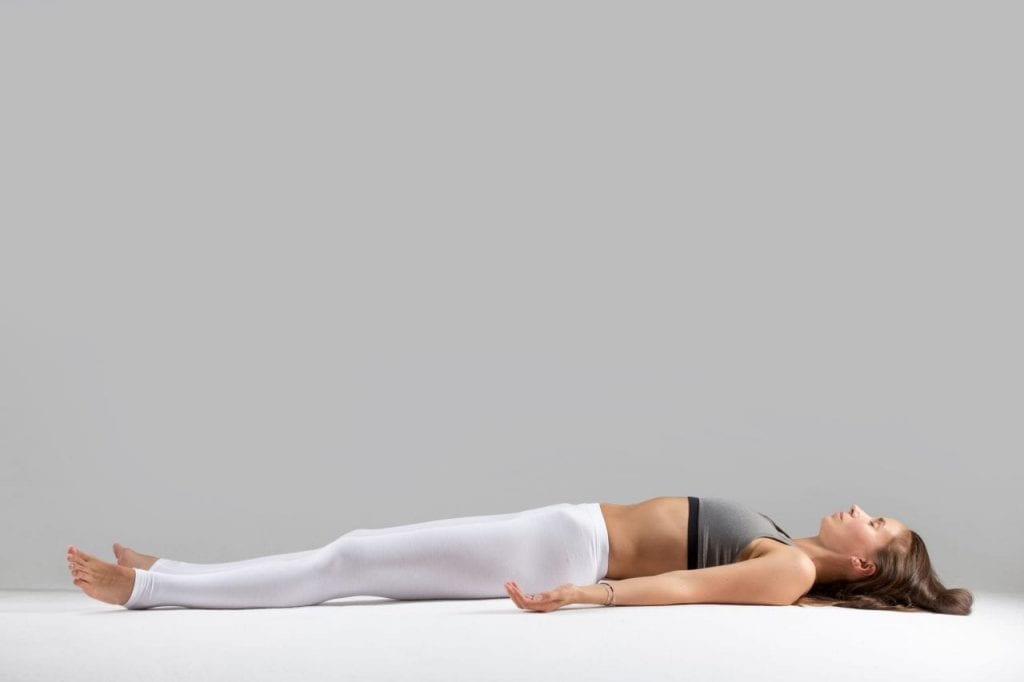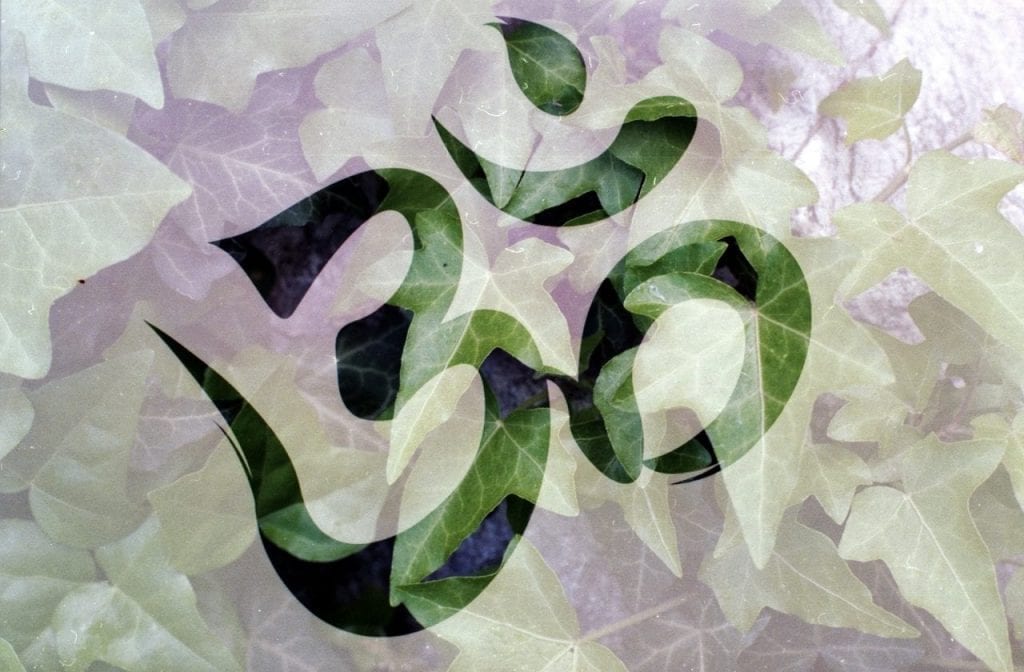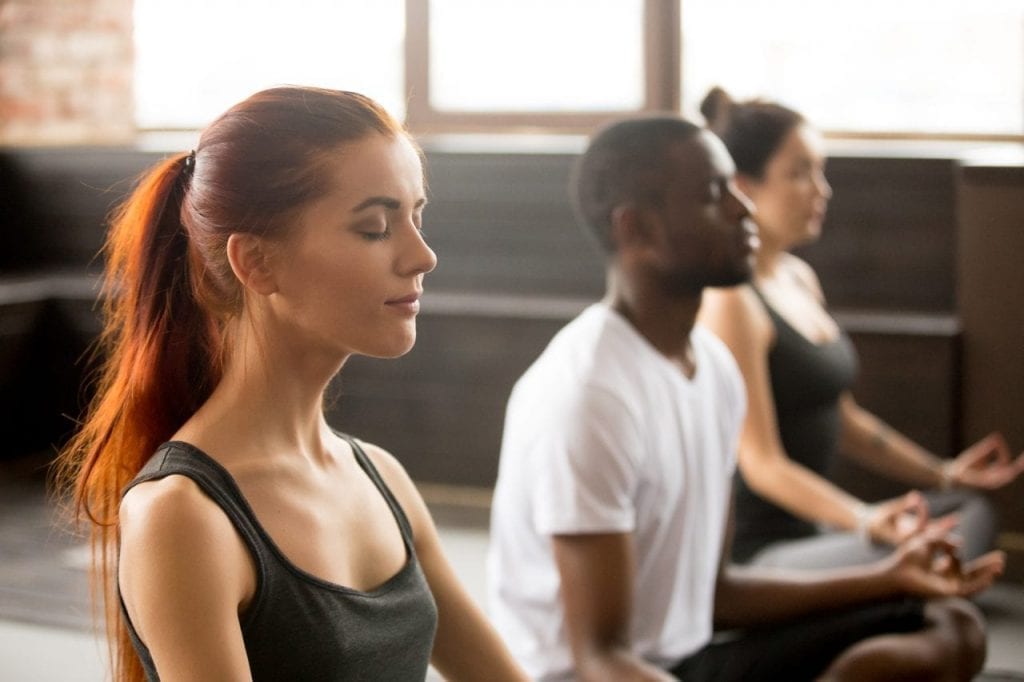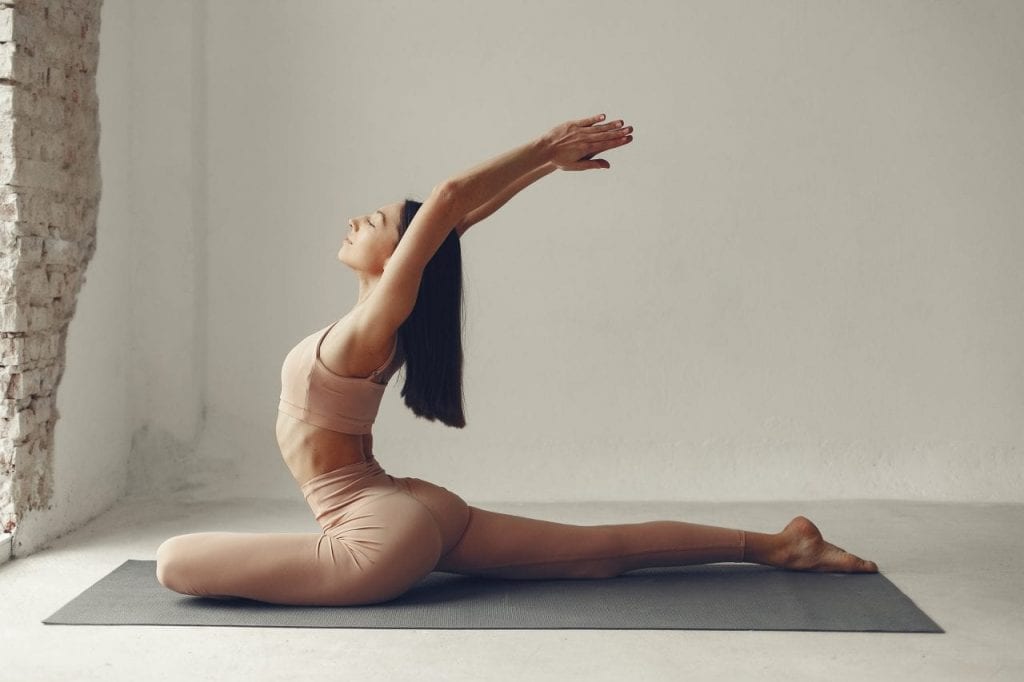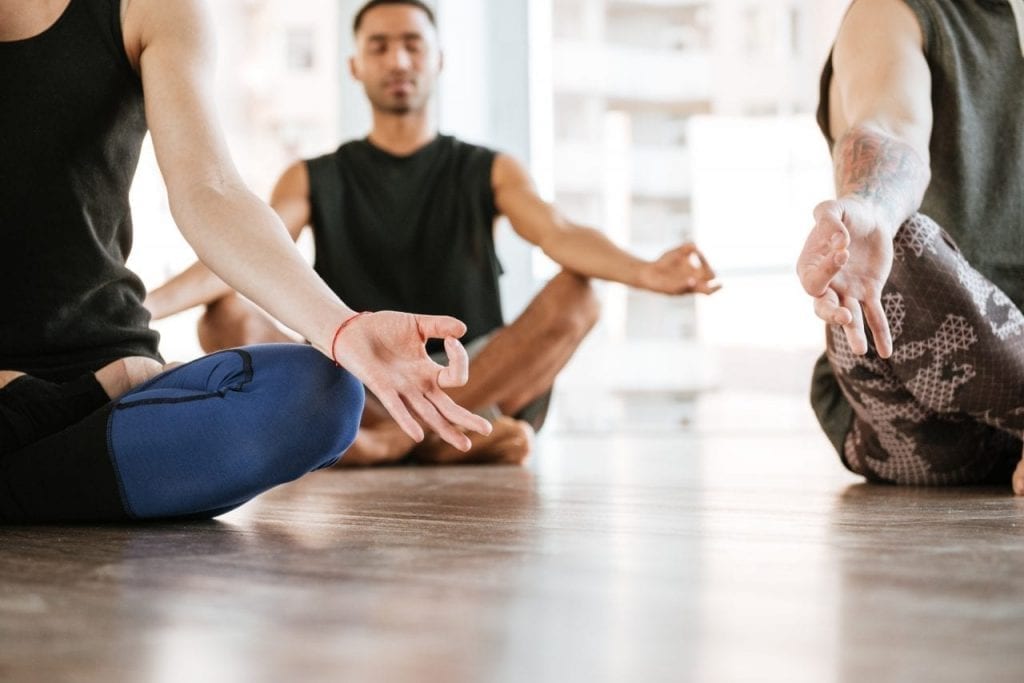We humans generally spend one-third of our lives sleeping. Yet, there is a huge difference between just sleeping and having a comfortable sleep.
Be it a rich king or an ordinary man, a healthy sleep often results in a day with increased productivity and efficiency. But, due to the increased stress, pressure and anxiety, lack of sleep has become one of the most common problems among different age groups.
As per the Maternal and Child Health Bureau, 50 to 70 million people in the US suffer from one or several sleep disorders.
Causes of Lack of Sleep
There isn’t a single cause for the lack of sleep. Anyone might experience sleeping disturbances if they have any health problems related to the respiratory system, or if they are suffering from diseases like Nocturia (frequent urination) and chronic pain.
Sometimes, increased stress and anxiety might also result in a lack of sleep. Whatever might be the cause, the various kinds of sleeping disorders like Insomnia, Parasomnia, and Narcolepsy have adverse effects on human health.
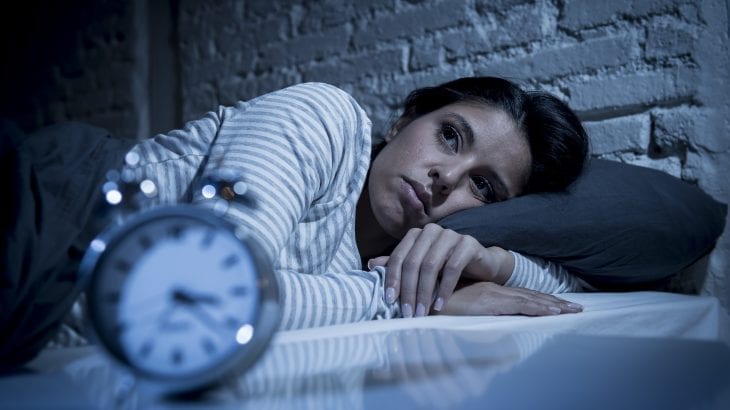
Yoga for insomnia
There are many ways to alleviate the problems caused due to lack of sleep. Tips like cutting off on afternoon naps, sleeping usually at the same time, having an early dinner help with sleeping problems.
But, often sleeping problems like Insomnia might not always get better easily. As per the national sleep foundation, yoga practice can heal Insomnia as many yoga poses are often practiced to reduce stress-causing hormones and calm the human body.
Bedtime Yoga
Sleep is usually associated with parasympathetic nervous system and many yoga practices usually benefit the same.
These benefits can be a great way to resolve sleeping disorders which usually occur due to mental stress and anxiety. The regular yoga practice regulates mental peace and stability which is indeed a primary reason for a sound sleep.
The yoga practices can help of various age groups like children, adults, old humans, and even pregnant women to have a better sleep.
As the saying by C.S. Lewis goes, “Many things — such as loving, going to sleep, or behaving unaffectedly — are done worst when we try hardest to do them.” With yoga practices, you don’t need to strive hard to fall asleep.
Yoga poses for sleep
If you are one among those individuals who have a busy work schedule and find it difficult to fall asleep, below are a few yoga before bed poses you can try to have a peaceful and undisturbed sleep.
1. Balasana:
It’s referred to as Child Pose in English and is originated from Sanskrit in which “Bala” means’ ‘Child “ and’ ‘Asana “, means” Posture”.
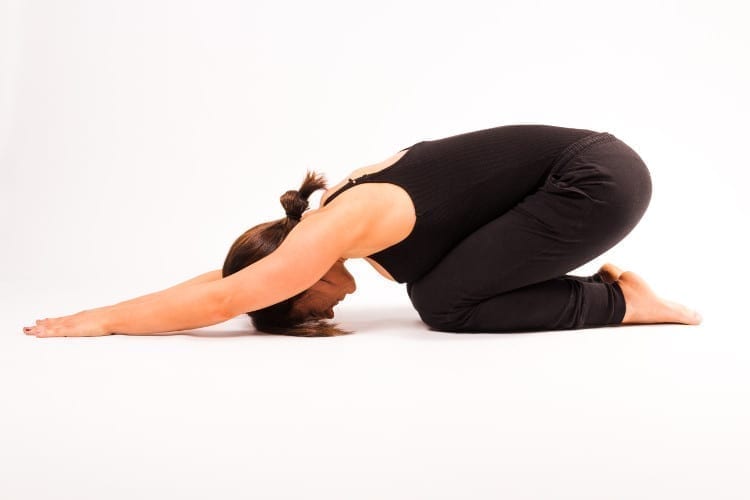
The Science Involved:
Balasana is one of the best restorative and calming poses and is well known to rejuvenate the body. The stretches involved in the asana reduce any pain in the back, neck, and shoulders. The asana is also the best way to reimburse the childhood being and keep the inner child live in adults as well.
How to do it:
- To perform this pose sit on your heels, keeping your hips on the heels, bend forward and lower your forehead to the ground.
- Stretch arms on the ground straight and then press your chest slightly to your thighs.
- Hold the asana and try to breathe.
- Gently release back to relieve from the pose
Benefits:
- This pose can be a good deep relaxation to your body
- It is advisable for reducing constipation.
- It also helps in calming the nervous system.
- As the body gets relaxed, you can have a pleasant sleep.
Safety:
- It is advisable to stop the asana if you have any serious back issues.
- Pregnant women should strictly avoid the pose as it involves bending of the belly.
- Avoid the pose if you have any recent medical history of diarrhea.
2. Uttanasana:
Also referred to as “Standing Forward Bend” in English, the word is originated from Sanskrit “Uttana” means “Intense Stretch” and “Asana” means “Posture”
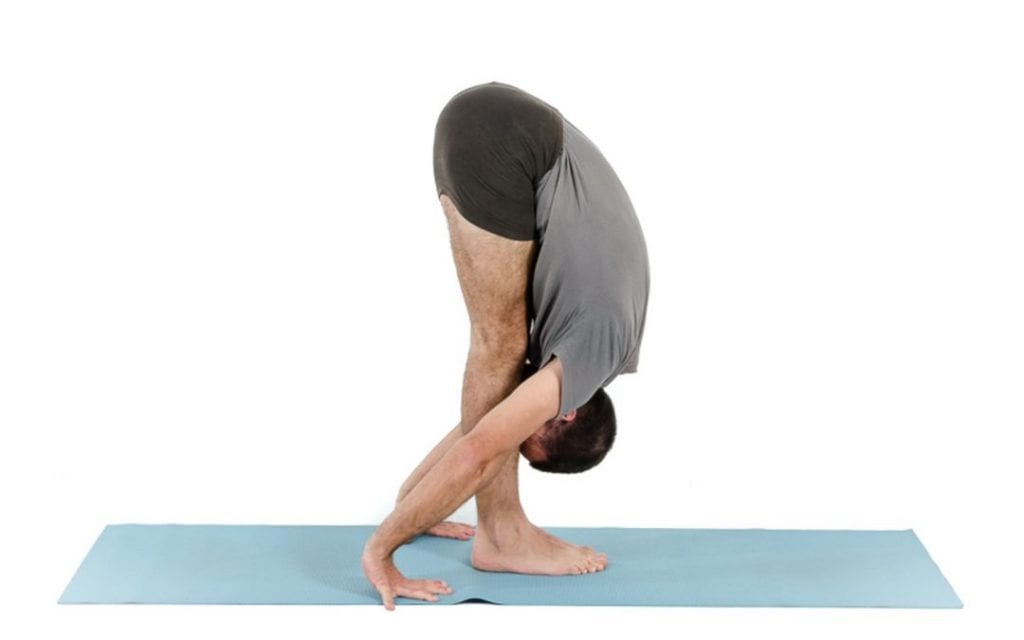
The Science Involved:
This prominent sleep yoga pose comes with numerous benefits like improving blood circulation and energizing the body muscles. The inverted body position of the asana eases the blood flow from the heart to the head which reduces anxiety, depression, stress, and fatigue.
How to do it?
- To do this pose you need to stand straight by placing your arms along the side of the body.
- Try to balance your weight on both the feet.
- Now slowly bend downward by bringing your arms straight to your head.
- Stay in the posture for 20 seconds.
- Keeping your spine, hands, and legs straight touch your chest to your knees
- On inhaling, stretch your arms straight and slowly lift the body up.
Benefits:
- This pose helps in stretching the body parts like back, hips, calves, and hamstrings
- Calming the mind and reducing anxiety, the asana helps you to have a sound sleep.
- The thighs and knees strengthen with this asana.
- For women, the asana helps to reduce menstrual problems.
Safety:
- Ensure that you practice the asana only after a meal, maintaining a gap of around 4 hours.
- Don’t practice the asana if you are suffering from Glaucoma or Sciatica.
- Pregnant women should not practice Uttanasana.
- Avoid this, if you have any injuries in your lower back, ankle or knee joint.
3. Badhakonasana:
It’s referred to as Butterfly poses in English. This also originated from the Sanskrit word “Badha”, which means “Bound”, “ Kona” which means “Angle”, “Asana”, which means” pose”.
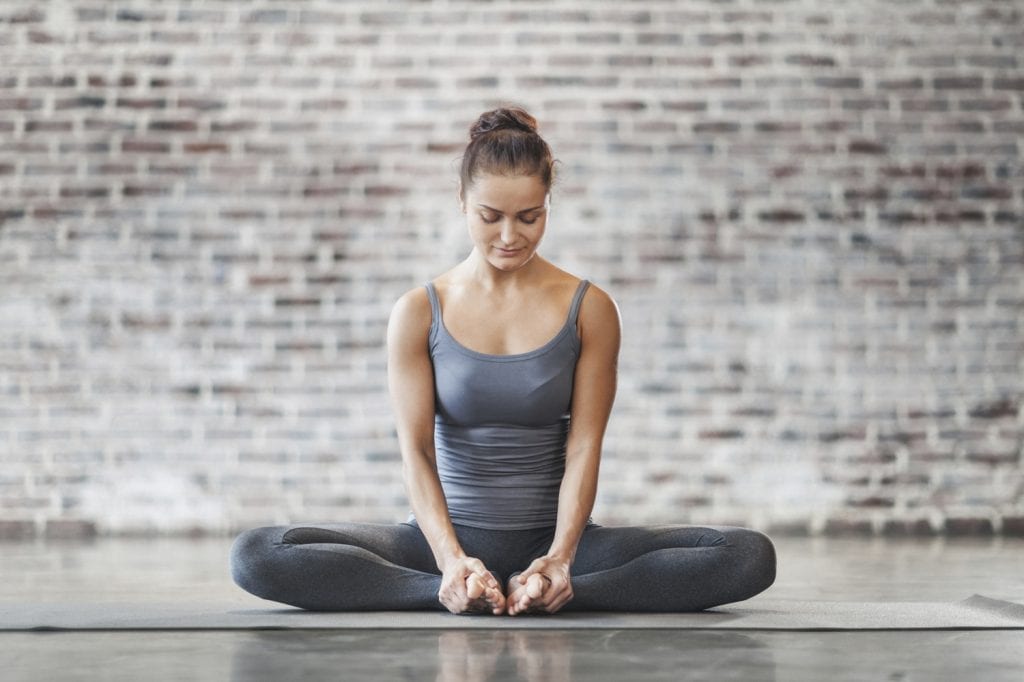
The Science Involved:
The butterfly pose is one of the well-known poses among the hip-openers. This posture challenges the knees of the human body to stretch more and also the distance between feet and groin defines the activation of different body muscles.
How to do it?
- To do this pose you need to sit with an erect spine.
- Now bend your knees so that your feet are towards the pelvis. The soles of your feet should touch each other.
- Now put your hands under the feet for the support.
- Taking a deep breath in and out, try flapping your legs up and down like the wings of butterflies.
- Try increasing the speed as per your comfort of breathing.
- Now, slowly stretch your legs and relax.
Benefits:
- This posture stretches legs, thighs and gives a lot of relaxation
- It offers relief from menstrual cramps.
- Helps in smooth baby delivery if practiced till late pregnancy.
Safety
- A person suffering from groin and knee injury must avoid this asana.
- It is better to avoid this asana in menstruation days or practice it with expert guidance.
- Sciatica patients should not practice this pose; if they wish to practice it is better to use a pillow to perform the pose.
4. Marjariasana:
It’s referred to as Cat Pose in English. The word originated from the Sanskrit word “Marjaria”, which means “Cat” and Asana which means” Pose”.
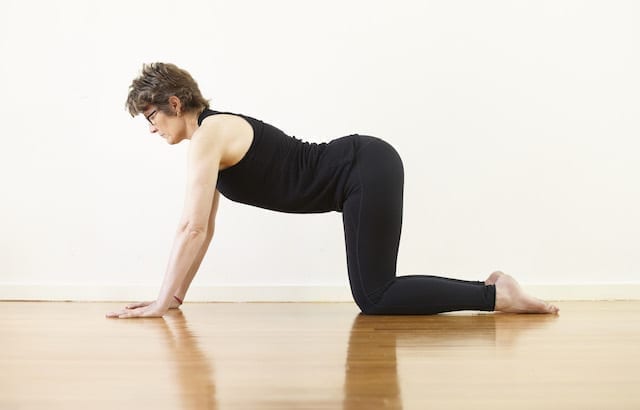
The Science Involved:
This cat pose has an amazing feline stretch. The combination of forwarding bends with back arches makes your back flexible and easy to move. The movements involved in the asana also help to ease the circulation of spinal fluids and thus strengthens the spine.
How to do it?
- To perform this pose, you need to sit in Vajrasana and stand on your knees.
- Now lean in the forward direction. Place the hands on the floor with palms down and finger facing forward.
- Slowly inhale a deep breath and raise along, stressing the spine in a downward direction, so that the back is in a concave shape.
- Now expand the abdomen as much as possible without forcing, fill the lungs with maximum air possible. Hold the breath for 3 seconds.
- Slowly exhale and lower the head while stretching the spine in an upward direction.
- Now contract the abdomen which is expanded.
- Repeat it for 3-5 rounds and relax slowly and get back to a normal position.
Benefits:
- This pose helps in gaining the flexibility for the body
- It also helps to stretch the hands and body.
- It massages the internal digestive organs.
- This is really helpful in relaxing the mind.
Safety:
- Try to be cautious and careful while expanding and contracting the abdomen.
- Stretching the body beyond its limits might result in pain and strain muscles.
- Pregnant women need should stretch the abdomen mildly.
- People having any kind of head or knee injury should avoid practicing this asana.
Conclusion
These are a few yoga poses you can try to enhance your sleep. Try them at the appropriate times of day as per your convenience. If you find any difficulty in doing them, it is always better to consult your yoga practitioner to do them, else you can try to be your own yoga guide. You can try different variations of the above poses to get even better results for various physical and mental health problems.
Contents



